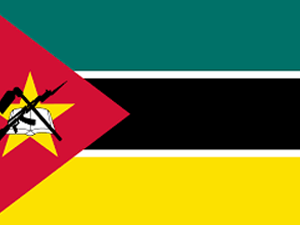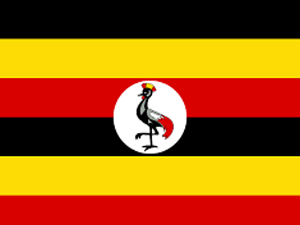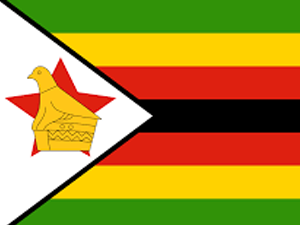The final Shark Tank session was named after the U.S. reality TV show where entrepreneurs rapidly present their ideas to a panel of potential investors, also known as “sharks.”
Participants broke out into country teams and each developed a short DSD and TB/HIV services proposal for a post-meeting project. Teams presented their proposal to a panel of judges and the general audience voted for winners in several different categories. They competed for two winning concepts notes to receive up to $15,000 in funding from the CQUIN Network.
Country Proposals
Ethiopia
Establishing Facility-Based Adherence Club for Integrated HIV and TB/HIV Comprehensive Care
Project Goal: Strengthen adherence support and quality of HIV and TB/HV services and the DSD model through facility-level interventions.
Kenya
Optimizing TB/HIV Services at the Community Level in Siaya County, Kenya
Project Goal: Pilot innovative approaches by optimizing TB/HIV services at the community level in the context of DSD in Siaya County, Kenya to address high TB/HIV co-infection and mortality rates among TB/HIV co-infected patients.
Mozambique
Early Enrollment on DSD Models and Integration of HIV/TB Services
Project Goals: Enroll patients early in DSD models; provide integrated community support for HIV/TB; and implement INH multi-month scripting.
South Africa
Project Goals: Explore RoC’s knowledge of DSD models and service packages available within these DSD models; the acceptability of the above models and services; and RoC preferences on specific DSD options.
Uganda
Improving IPT into ARV Dispensing for RoC Enrolled in DSD
Project Goals:
National level: Align IPT and ART dispensing and appointments to monitor side effects and improve uptake from 17% to 90%; ensure that those who start TPT complete it from 67-90%; and ensure that ROC are happy with services.
District level: Lead the implementation, including train HCW and CAG leaders; develop and distribute IEC materials to improve patient literacy; improve supportive supervision; and use simple digital technology for mobile phones to support ROC.
Facility-level: Align IPT with ARVs and provide forms to monitor and report side-effects.
RoC: Monitor and report side-effects.
Zambia
Project Goals: Offer TPT to all eligible patients through peers and HCW and fast-track the largest DSD model being implemented that includes two, three-months dispensations; follow up by facility staff or peer via phone at one and two months; provide patient education on side effects, TB symptoms, self-care, and treatment adherence; provide IEC materials; and conduct patient survey to understand their experience and address gaps in approach.
Zimbabwe
Project Goals: Engage HIV-positive ROC in two high volume, functional community DSD through a six-month intervention that involves conducting a baseline assessment; training CAG leaders on TB screening, TPT eligibility, and adherence/psychosocial support, pharmacovigilance monitoring, expedited referrals, demand creation for TPT & TB case finding, and TB infection control; updating prerequisite M&E tools; conducting supportive visits for quality assurance; and conducting an end-line assessment.
The audience voted for the winning team in several categories, including best overall proposal (Zambia), most creative proposal (Uganda), highest impact proposal (Zambia), and best engagement of HIV-positive ROC (Zambia).


























